Get to know the community; this was my prompt to reach out to readers over the summer. “Compressed experience” was a new term I heard, chatting with a tech-hub denizen. I recall asking, “Compressed experience, what does that mean?”
In the tech start-up world, it appears the idea of compressed experience is an experience trajectory where someone goes deep and gains some experience over a somewhat short period. In other words, one gains experience rapidly (read as shorter than most) by immersing oneself in a particular endeavor—in our case, backcountry skiing/ski mountaineering.
The idea with start-ups is to ensure a company is able to compete effectively in a high-speed marketplace—to keep up with or catch competitors, to scale up faster.
Collecting background information, I came across this article, “Understanding the Experience Algorithm.” The author lays out a short argument that compressing experience is possible. The value of that compressed experience depends on the “quality” of the experience and the “ability to learn” from that experience. Hard to argue with that. Yet, in the business realm, where the consequences of low-quality experiences and/or an inability to learn from experiences results in debt, the likelihood of going out of business, and, by extension, a bruised ego, there’s still no F = GMm r2. In the backcountry, be it climbing or touring, that recipe of low quality and failure to learn could get you killed. As they say, gravity is undefeated.
Ambition; we all likely have it. Another word for this is goals. Beginning tourers, especially ambitious ones, focus on specific objectives. Often, as one gains experience, those objectives become more complex. They have harder problems to solve and, likely, grave consequences if mistakes are made.
So, what does a compressed experience look like for a ski tourist? Suppose the end goal is skiing off the summit of Rainier, down the Emmons Glacier route. Is the experience compressed if the skier spends a season poking around Snoqualmie Pass, skis the South Face of Adams, then skis off Hood the following spring, and ultimately pivots to Rainier? Hard to say. Did the skier/rider school themselves in crevasses rescue and reading glaciated terrain? Did they take any formal avalanche education? Were they guided or on self-supported missions?
Further, did the skier/rider make numerous mistakes in their decision-making, but no ill consequences befell them? In other words, they routinely got lucky. (It’s hard to learn when unaware of your luck.)
During Covid, IFMGA guide Jed Porter hosted a few public video conversations called Mountain Beta Chats with potential clients. For example, Porter discussed a specific objective, like skiing Rainier, with a mountain aspirant. His focus was decidedly on the skills needed to meet an objective competently. Call it gaining experience.
Mountain Beta Chat #2: Climbing Ham & Eggs (Moose’s Tooth—AK. Range)
I reached out to Porter to get his thoughts on the idea of compressed experience for backcountry adventurers. To establish some context, Porter describes himself as a lifer, not someone who embraced compressed experience in his own practice of the craft. But, he fully understands the desire and need “especially at different phases in the path, to do more, do the next rowdy thing.” He adds, however, “Getting through this process faster has never been the point to me.”

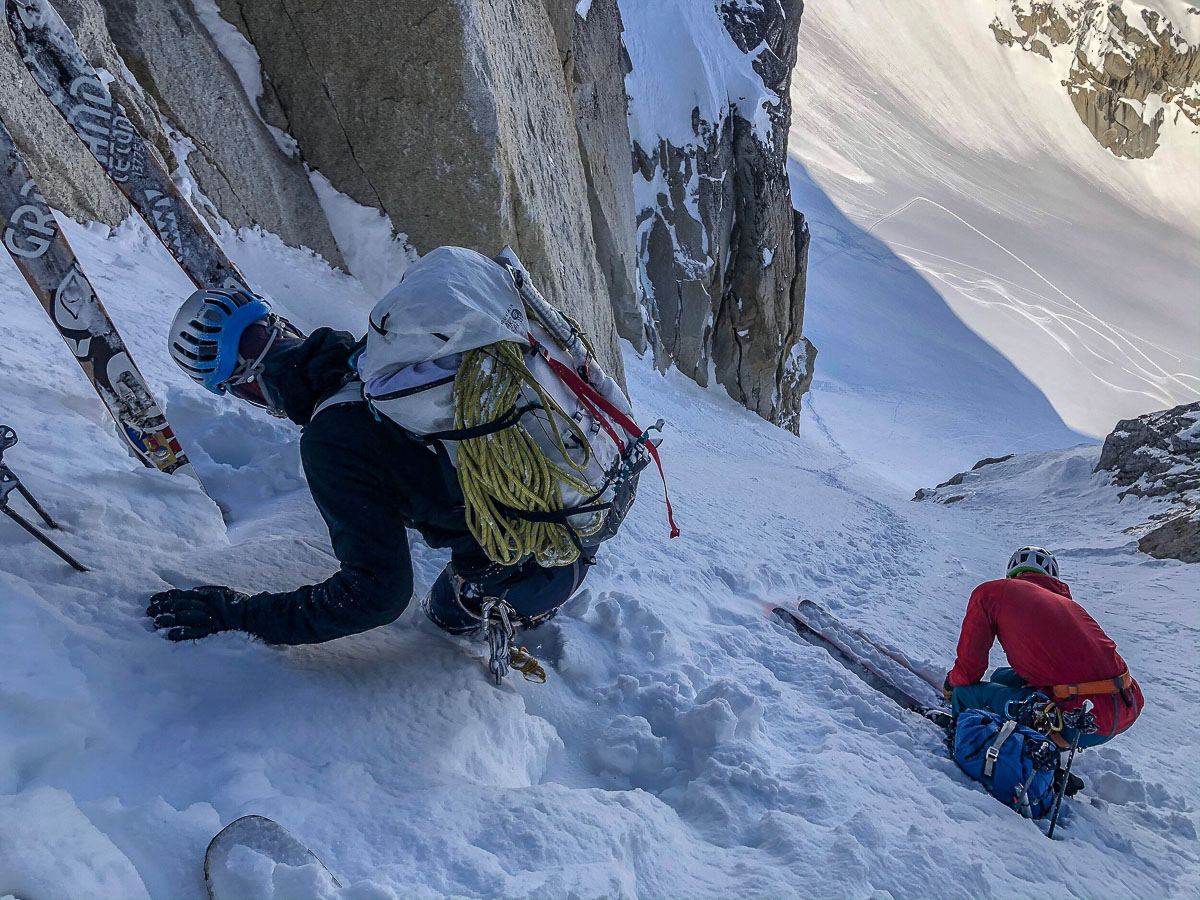
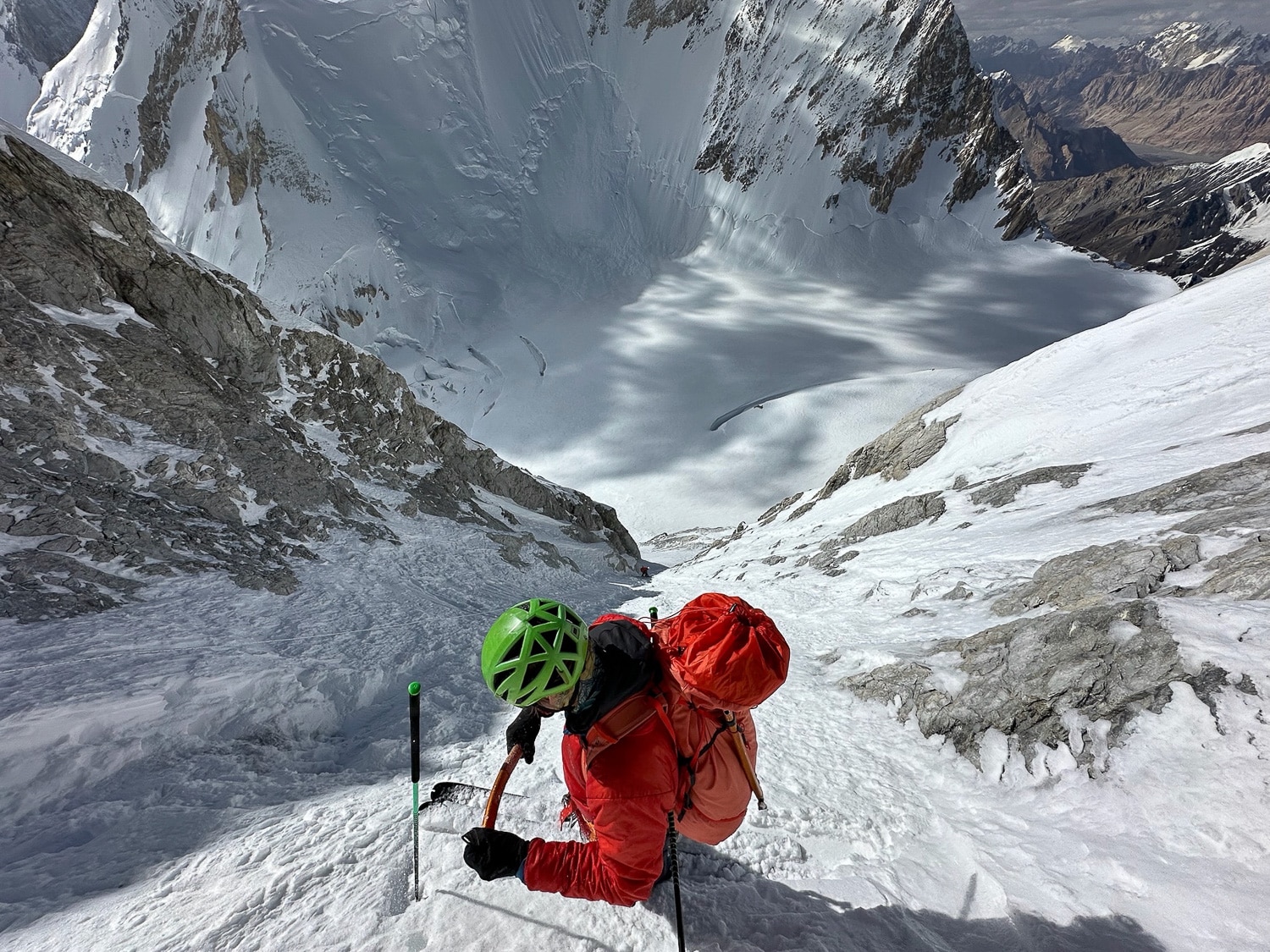
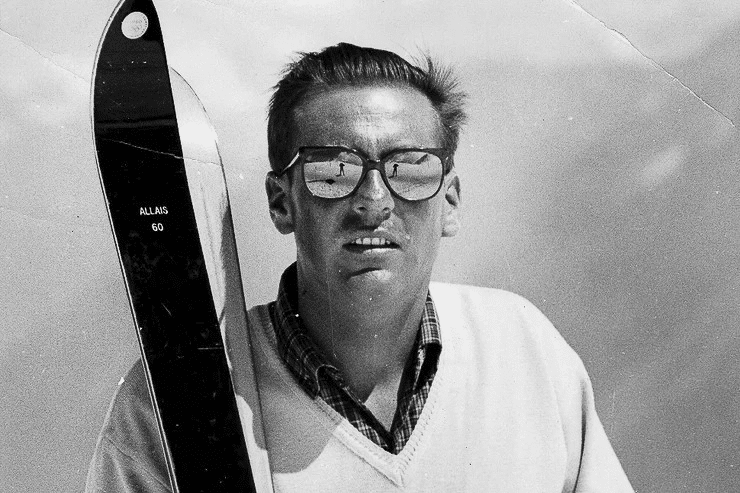
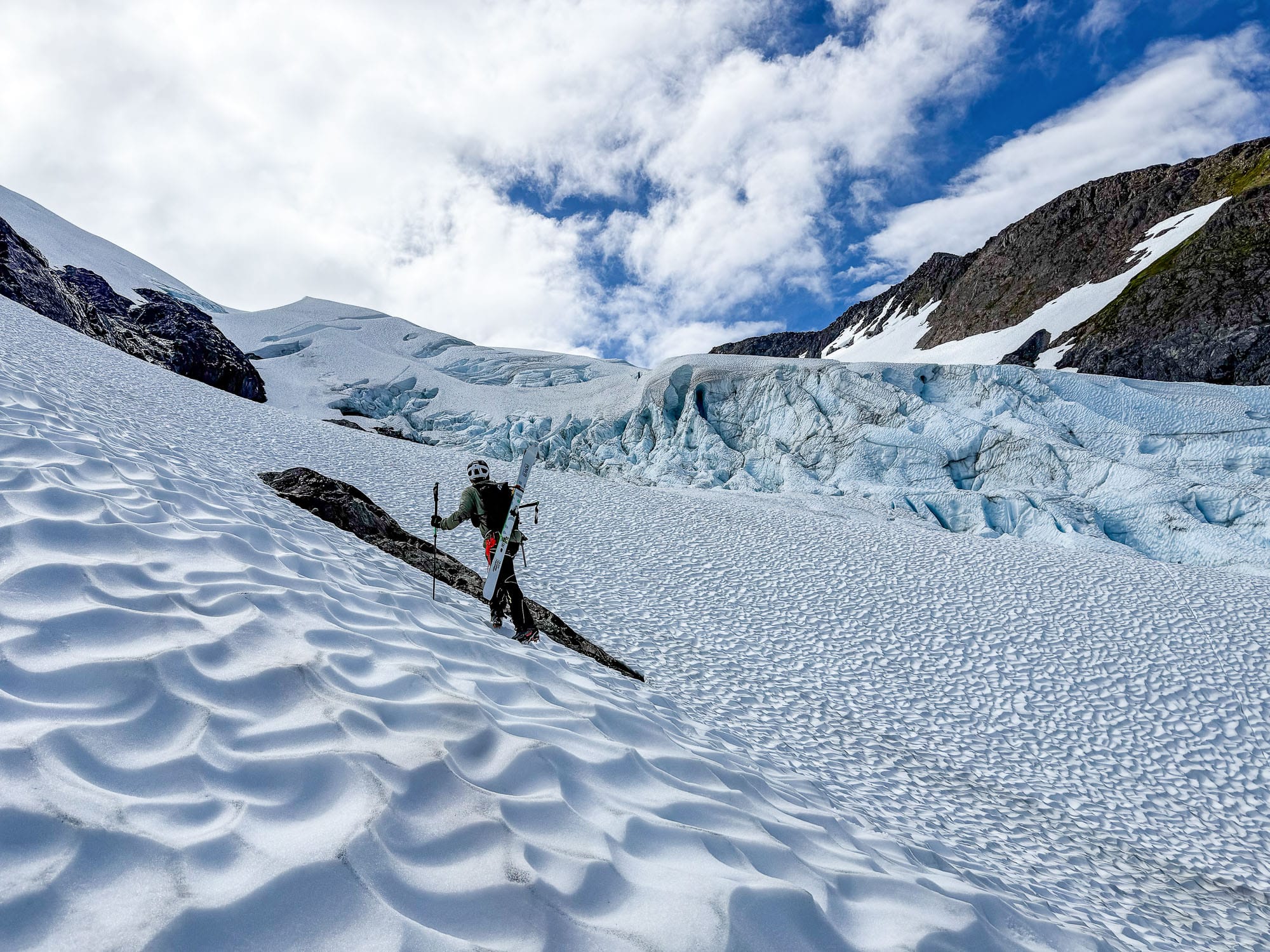
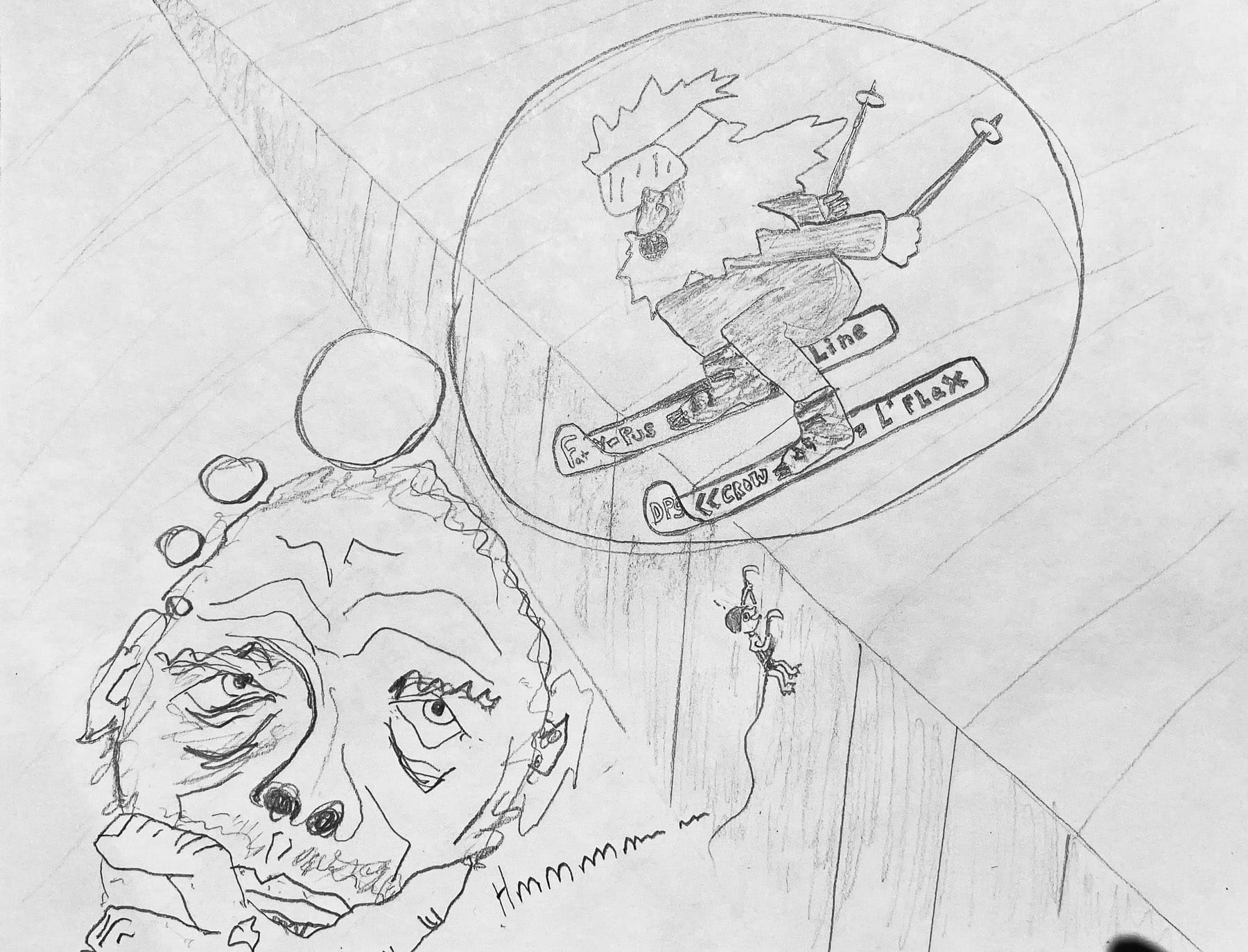
Leave a Reply
You must be logged in to post a comment.